OUR LADY OF GUADALUPE CATHOLIC CHURCH
(Old Mortuary Chapel)
311 N. Rampart St., New Orleans, LA
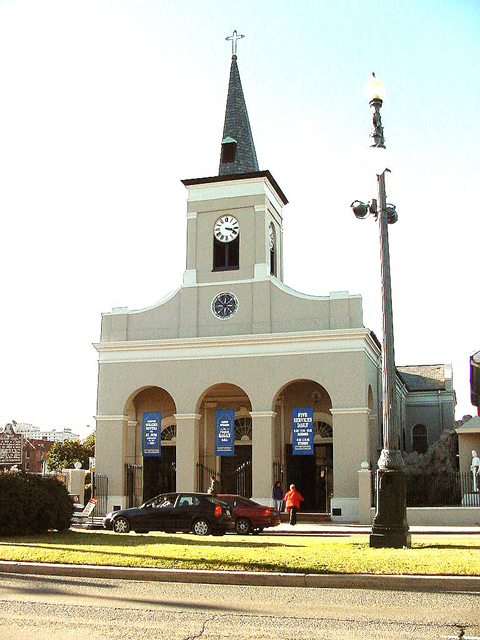
HISTORY OF OUR LADY OF GUADALUPE CHURCH
Our Lady Of Guadalupe Church is actually the oldest church building in New Orleans. Saint Louis Cathedral is often thought to be the City’s original church, however, the Cathedral building was rebuilt during its lifetime. The building known as The Mortuary Chapel of St. Anthony Of Padua, is located on the corner of North Rampart Street and Conti. It dates from 1826, some 25 years before the present St. Louis Cathedral was constructed. Although the church had been temporarily closed a number of times in its lifetime, it was many things to many people.
During the span of almost two centuries, The Mortuary Chapel was first constructed to hold funerals of Yellow Fever victims. In the era predating modern science, medical practitioners once believed that Yellow Fever could be spread by exposure to the dead or by transporting the dead through the city streets for burial. The Church therefore banned burials from St. Louis Cathedral and a mortuary chapel was established close to St. Louis Cemetery, the main burial location for most of New Orleans Catholic families.
The building was constructed, by French architects Gurlie and Guillot, for a price of $14,000. The Gurlie and Guillot firm was well known to the diocese as they had also built the Ursuline Convent and finished the Presbytere. The brick walls, which are 20” in thickness, are supported in a trapezoidal foundation measuring twenty inches thick and composed of brick and cypress. The brick floor and twelve inch interior walls are typical of construction of that day. The exterior walls rise twenty feet and the roof is of slate installed on wood structure.
In 1841, the chapel began to be used as a church to relieve the burden of baptisms at St. Louis Cathedral. In 1860, Pere Turgis, was assigned to the church. Heavily active in the Confederacy, Turgis used the church to hold services for the army.
In 1870, Bishop Perche designated the church for use by the growing Italian immigrant community. Previously, the Italians used a small church, located on Esplanade Avenue across from the Mint. The church had become too small and the Rampart Street church was selected as the new church for Italians.
In 1903, the Dominicans came to St. Anthony’s and brought new life to the parish. Under the direction of Father Lorente, the Dominicans expanded their influence in Louisiana. He was instrumental in expanding into Tangipahoa Parish where he founded a Dominican seminary at Rosaryville. Father Lorente is also responsible for founding the new St. Anthony’s church , on Canal Street, in 1915 and St. Dominic’s Parish in Lakeview. St. Dominic’s Parish first came together in the old dance pavilion at West End and soon moved to a small chapel in Lakeview.
Only nine days after the founding of the new St. Anthony parish on Canal Street, Fr. Lorente was stricken and died. With Father Lorente’s death, The Old Mortuary Chapel was again abandoned. In 1918, however, Archbishop Shaw requested the Oblates of Mary to send priests to New Orleans. In that year, the fathers took up residence in New Orleans and began to minister to the Cathedral, St. Mary’s Italian Church, and Our Lady of Guadelupe. Father Jules Bornes was the first Oblate pastor. He undertook a renovation and revitalization of the old church.
In 1935, a group of parishioners began to pray to St. Jude Thaddeus. Many prayer intentions were answered favorably and a regular following of St. Jude began with novena services. Also in 1935, an order of nuns took up residence in one of the surrounding buildings.
In February of 1944, a terrible fire struck the church and rectory. This allowed the building of a large rectory. The church was repaired.
In 1950, a heavy rain caused the old roof timbers to give way in one area and the church organ was destroyed. The wood beams were replaced with steel and a new Moller organ was constructed. During this era, Father Laux, the pastor, became the chaplain of the New Orleans Fire and Police Departments. He was succeeded by Father Peter Rogers. Father Rogers expanded the church’s ministry into the nearby Iberville Housing Project and he also expanded the radio coverage of the St. Jude Novenas.
Although Father Rogers is now deceased, the church continues to draw faithful Catholics even with a dwindling flock among all churches in the older areas of the City.
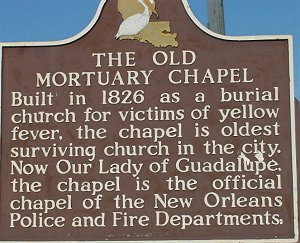
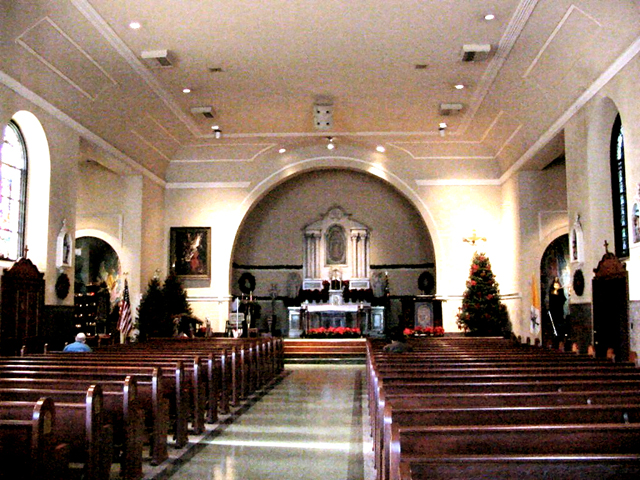
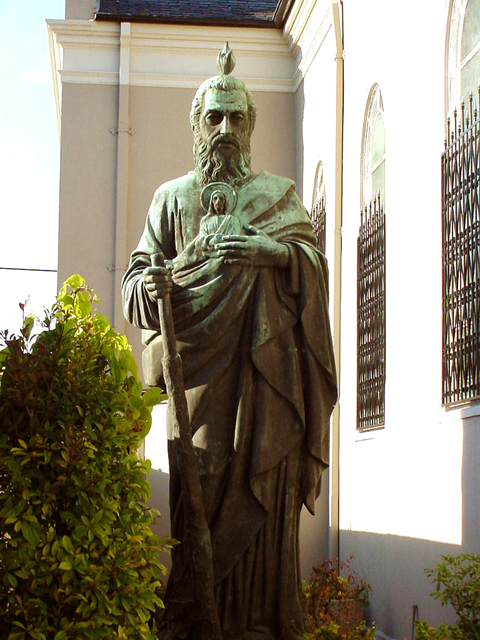
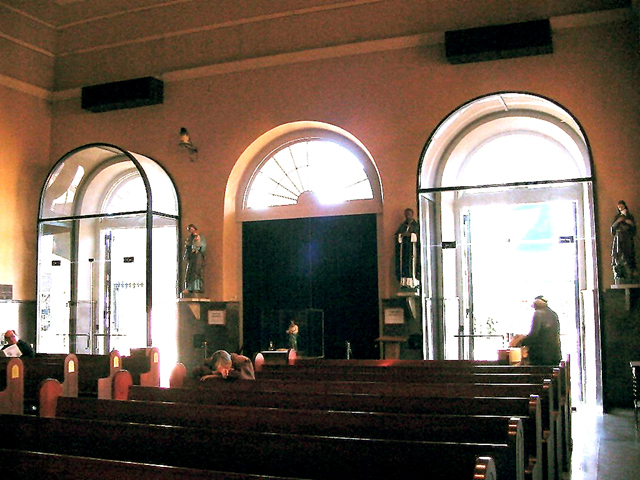
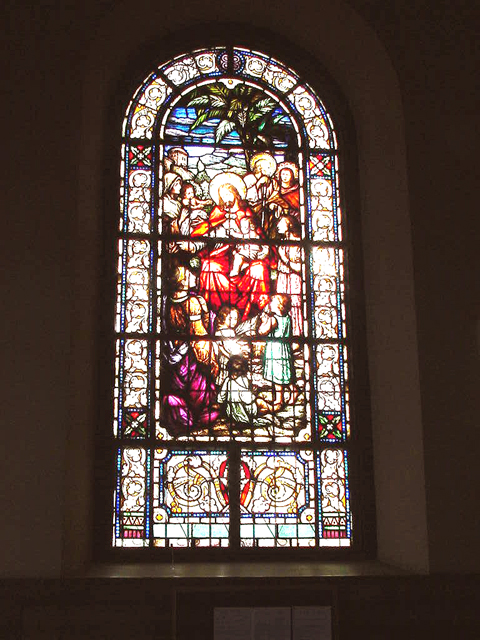

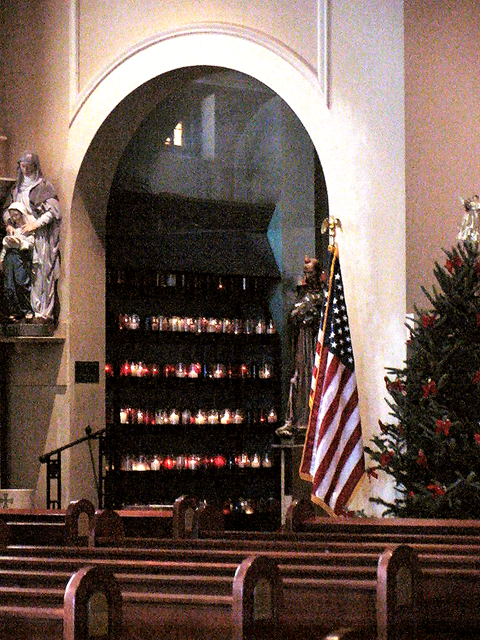
According to the OUSCDB records, Our Lady Of Guadalupe Church has a 1950's Moller pipe organ Opus 8191. This instrument is listed as a 2 manual, 2 division, 37 stop electro-mechanical organ.